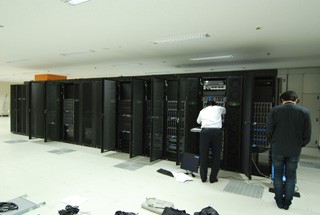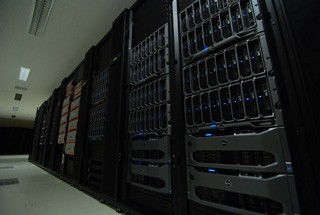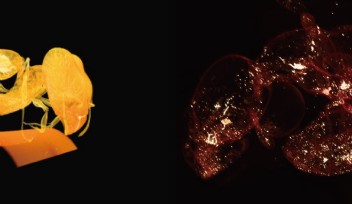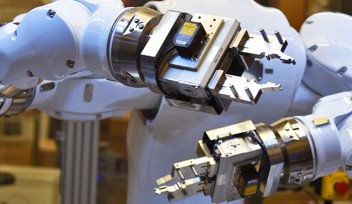It’s not Just Brain-Power Arriving at OIST, the Muscles Have also Arrived!
By Juliette Mutheu
OIST requires muscle strong enough to sustain its reputation as a world-class interdisciplinary research institution. By muscle it is not triceps or biceps, rather High Performance Computing (HPC). HPC systems make use of ‘supercomputers’ and computer clusters that provide sufficient horse power to conduct high level scientific research or computational science.
Research involving data-intensive analysis requires HPC systems that increase the speed at which analysis can be done as well as provides sufficient storage capacity. Over the last two weeks, OIST has been receiving its latest high-tech HPC systems. The new cluster consists of 384 computers housed in 13 racks with another big batch expected in the near future. The computers have access to a total of 1,000 terabytes of disk storage capacity. Dr. Alf Wachsmann, OIST’s Acting Chief Information Officer and the HPC Facility Manager said, “In contrast to previous computers, the new generation HPC systems will make it possible for OIST researchers to conduct research more than six times faster than they are currently doing. The computers strength will particularly be felt in research departments involved in high density computing research, for example in gene sequencing and analysis, ocean current simulations and neuroscience sequential computing.”
The computers will make OIST an attractive research facility where researchers can conduct cutting-edge research. Dr. Wachsmann’s concluding remark was, “Every three to five years you have to get a refresh of new technology, and this is it!” The computers are in the process of being incorporated into the OIST family and scientists should look forward to using OIST’s new muscle power this October.















